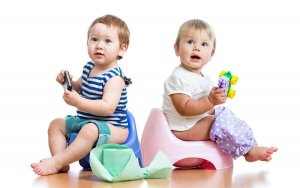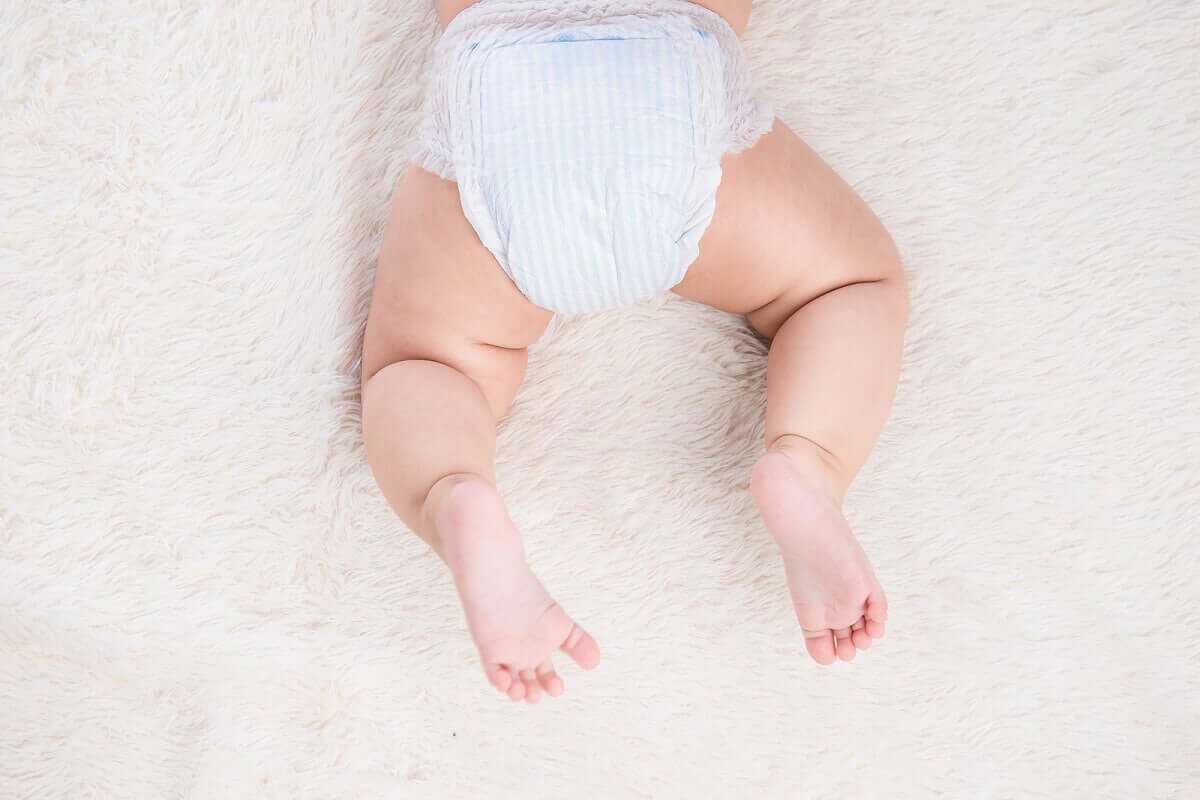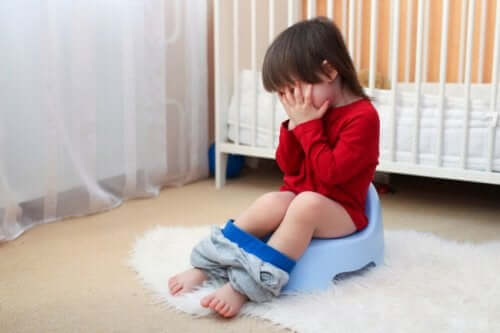When Is The Best Time to Start Potty Training?

Starting potty training is one of the processes that marks a major milestone in your baby’s independence. How your baby will react when you start weaning them off diapers will depend on whether you do it at the right time or not.
Typically, children end up learning to control their bowels and bladder sooner than many parents expect. Some may take a little longer, while others achieve it within weeks, even days.
As we always say, the important thing is to always remember that each child is different. They’ll reach this milestone when they’re mature enough and ready to do so.
How to tell if your baby is ready to start potty training
There are some children who start hiding when they need to use the bathroom. Others may begin to hold their urine in for more than three hours. These are the indicators that your baby is ready to be weaned off diapers.
On the other hand, there are children who just want to relieve themselves in diapers. If that’s the case, then they’re not ready to be weaned off diapers. You can’t force your child to do so. The prudent thing is to wait to do it until the right time.
You can see if your child is ready or not after two or three months. The first step is to prepare your child. Start telling them what will happen at some time and show them stories with drawings or photos you can use to explain what they’ll do and what you expect of them.
What’s the best age to start potty training?

If you try to wean your baby off diapers when they’re a year and a half to two years old, it’s very likely you’ll have a harder time doing so than if they were older. However, you can try.
Some one-and-a-half-year-old children don’t like wearing diapers because they bother them and cause chaffing. This is, in theory, the perfect time to start weaning them off diapers. You can try not putting a diaper on them to see what happens. Being patient and cheering them on are the keys to this process.
As indicated by this publication from the Federation of Teaching by CC.OO in Andalusia, the ideal age statistically to start potty training is usually between 2 and 3 years old when children are able to name their droppings and tell adults that they need to urinate or have a bowel movement.
Read this article: Types of Diaper Rash: Symptoms and Treatment
What if your baby reacts negatively when you start potty training?
Many parents wonder why their children don’t want to start potty training. Children aren’t aware they’re wearing a diaper. Potty training is a big challenge.
Modern disposable diapers are highly absorbent. Thus, the child hardly feels any discomfort when they pee or poop. When we want to wean them off diapers, they often get scared because they don’t yet understand what’s happening.
Other babies get scared when they sit on the toilet, so the use of a toilet seat adapter is essential so the baby doesn’t feel uncomfortable and refuses to sit there. It’s also a good idea to incorporate a step stool so your child’s feet aren’t left hanging.
How to wean your child off diapers and start potty yraining

First of all, children who are ready to start potty training should be able to follow directions. You have to start slowly. First of all, try asking them to pull their underwear or diaper up and down. Then, start asking them to do harder things, such as taking their diaper off and then immediately sitting on the toilet.
Another way to interest them in the process is to involve them in the potty training equipment decisions. All you have to do is research and try out different things until you find what’s most comfortable for them.
When you have chosen the right equipment, let your child choose their favorite color and a design that catches their eye. They’ll love the fact that they made it their own!
You might find this interesting: Treatment for Nighttime Bedwetting or Involuntary Urination
Are you ready for some accidents?
It’s completely normal for your child to have a few accidents on their diaper weaning journey. They can have accidents such as not arriving at the toilet on time or peeing or pooping themselves.
How you address these accidents is very important. Remember that they won’t learn how to control their bowels and bladder overnight.
Avoid scolding them because accidents happen. Keep a positive attitude. Your reaction to these accidents is very important because your child expects you to support them.
Some parents decide to wean their children off diapers both during the day and night. Putting a diaper on your child at night may be best so you don’t have to change so many sheets and to ensure it’s an easier transition for them.
However, if you choose to not put a diaper on them at night, we suggest placing disposable bed mats on their bed and removing them if they have an accident.
Is there a difference between potty training for a boy and a girl?

Yes, there is.
Up until the age of 3, child development in both boys and girls is quite similar. However, when children reach the age of 4, some differences become noticeable.
On one hand, testosterone levels in children duplicate when they turn 3. On the other hand, social influences affect and direct children in different ways.
These differences can also affect potty training. Girls develop faster than boys during their first years of life, meaning they reach development milestones faster.
However, from a psychological perspective, boys are often more willing to face new challenges and tend to react better to the new challenge of stopping wearing diapers.
What are the differences?
It’s no wonder that many girls potty train faster than boys. They often develop language faster, which allows them to tell adults when they need to urinate or evacuate.
A point in favor of boys during this process is that they don’t need much cautionary hygiene. For girls, going to the bathroom in public places is more complicated. This leads many parents to decide to wait to wean their daughters off diapers a bit more.
Girls learn potty training routines faster. Their cognitive development allows them to learn the different steps to start using the bathroom more easily. Boys have a harder time with this than girls.
Some final notes
During the potty training process, the most important thing is patience no matter if your child is a boy or a girl. Potty training is a big step, so it’s important to show your child love and understanding.
Remember that they’re just kids and are learning. And you, the parent, are also learning to better educate your children.
All cited sources were thoroughly reviewed by our team to ensure their quality, reliability, currency, and validity. The bibliography of this article was considered reliable and of academic or scientific accuracy.
- Asociación Española de de Pediatría. AEP. Guía práctica para padres. Desde el nacimiento hasta los 3 años.
- María Teresa Pacheco García. Federación de Enseñanza de CC.OO. de Andalucía. El control de esfínteres en los niños/as de 3 a 6 años. Nº 13 marzo 2011.
- KidsHealth from Nemours. Análisis de sangre: testosterona. Qué es.
This text is provided for informational purposes only and does not replace consultation with a professional. If in doubt, consult your specialist.








